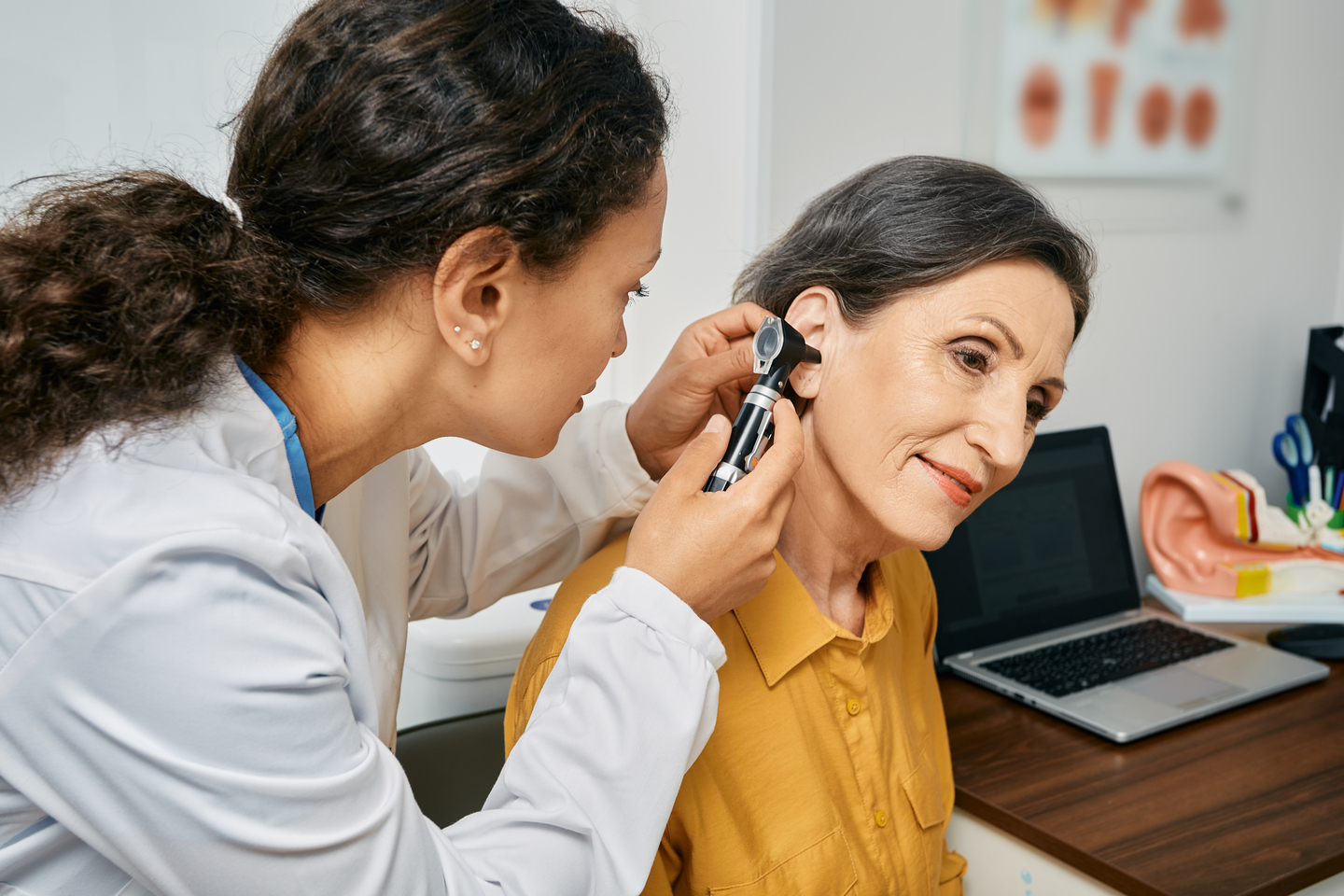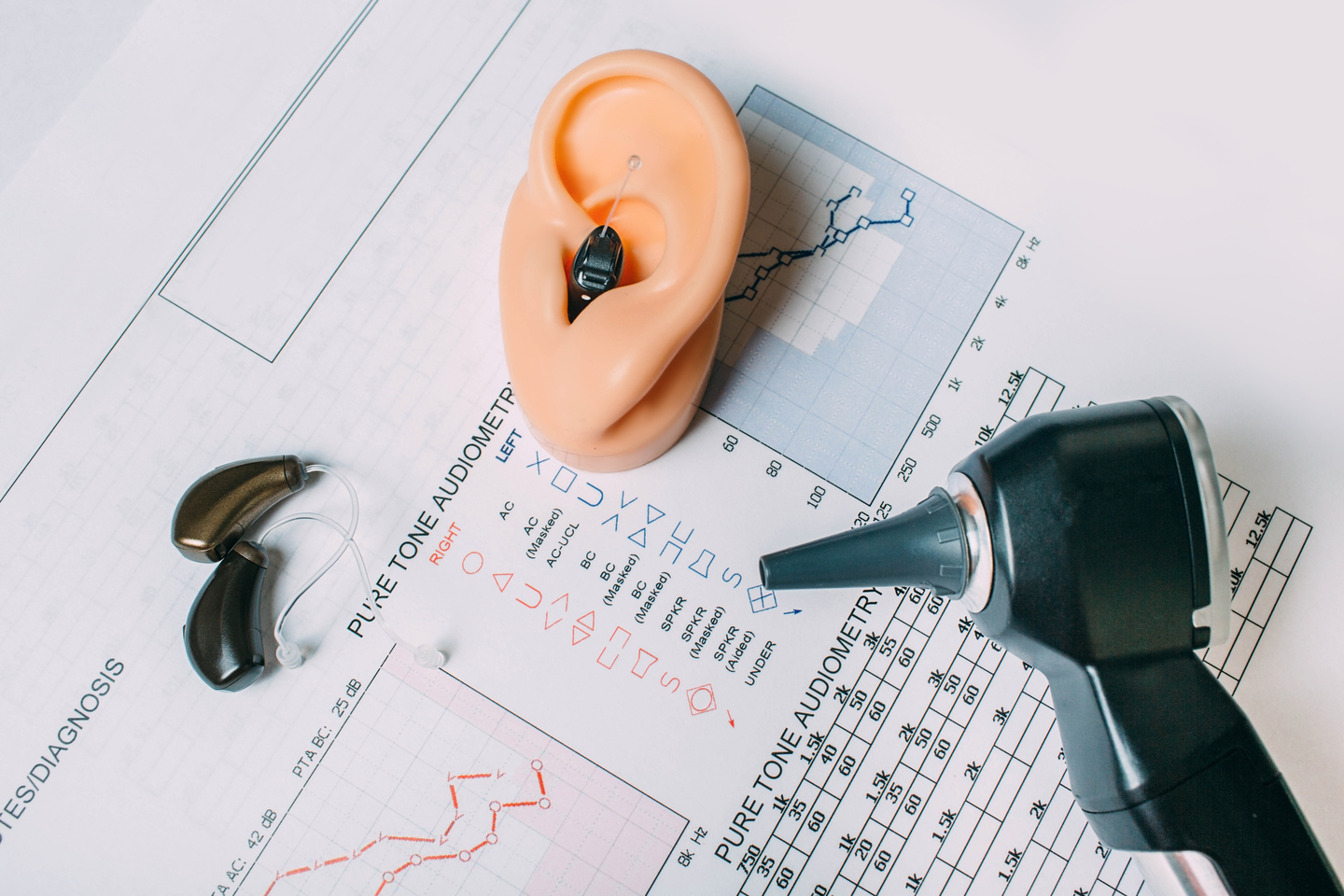What is a Patulous Eustachian Tube?
Understanding the Function and Dysfunction of the Eustachian Tube
The eustachian tube is an opening between the middle ear and the nasopharynx, the upper part of the throat behind the nose. The opening and closing of this tube is dependent on fatty tissue and small muscles which surround the tube. The eustachian tube has three primary functions which include:
- Regulating the pressure between the middle ear and external environment
- Drainage of middle ear secretions
- Protecting the ear from the contents and sounds of the nasopharynx
In Latin, the word “Patulous” refers to spreading. Thus, a patulous eustachian tube dysfunction is the abnormal opening or spreading of the eustachian tube. This can result in the inability of the eustachian tube to protect the ear against sounds and pressure changes.
Who is most at risk to develop a Patulous Eustachian Tube Dysfunction?
The individuals who are at the most risk are typically ones who have recently had severe weight loss (ie anorexia, cancer), excessive use of caffeine or diuretics, drug use, hormonal therapy, birth control, dehydration, chronic acid reflux, pregnancy, and/or anxiety.
What are the Symptoms of Patulous Eustachian Tube Dysfunction?
The symptoms of Patulous Eustachian Tube Dysfunctions include:
- Hearing one’s own voice (autophony)
- Muffled hearing
- Tinnitus (often pulsatile in nature)
- Ear fullness or blockage
- Feeling the need to clear the ear
- Hearing nasal breath sounds in the affected ear
How is a Patulous Eustachian Tube Dysfunction diagnosed?
A patulous eustachian tube can be diagnosed by an experienced ENT, or fellowship trained otologist (ear surgeon). The diagnosis can be often missed, and commonly patients may be seen by several specialists before the diagnosis is confirmed.
Your ear specialist will first need to take a thorough history, including dietary habits and list of medications. The otologist will also perform several exams in the clinic, including evaluation of the eardrum mobility with nasal breathing, a hearing test, and a tympanogram. A nasal endoscopy may also be needed to directly examine the Eustachian tube opening.
Depending on the clinical findings, you may also be recommended to undergo a CT scan of your ears.
How is a Patulous Eustachian Tube Dysfunction treated?
A patulous eustachian tube dysfunction can be treated through avoiding any decongestants such as sudafed, afrin, nasal steroid sprays, or anti-histamines. Avoiding diuretics (water pills used for blood pressure) is also important. Caffeine and smoking may also worsen symptoms. In extreme cases such as cancer or anorexia, a patient may also be directed to increase their weight. Your doctor may try this conservative approach before attempting any other intervention.
Medical therapy for patulous eustachian tubes includes irritant drops (PatulendⓇ), estrogen (PremarinⓇ), or other acidic nasal solutions to help promote swelling and closure of the Eustachian tube opening.
Your doctor may also discuss positional exercises to temporarily relieve our symptoms.
If these treatments become ineffective, some surgical treatments can be utilized. These include:
- Myringotomy Tubes
- Injection of fillers into the Eustachian Tube
- Chemical Treatment of the Eustachian Tube
- Endoscopic Stent Placement
- Fat grafting to the Eustachian tube
- Complete surgical closure of the Eustachian tube








